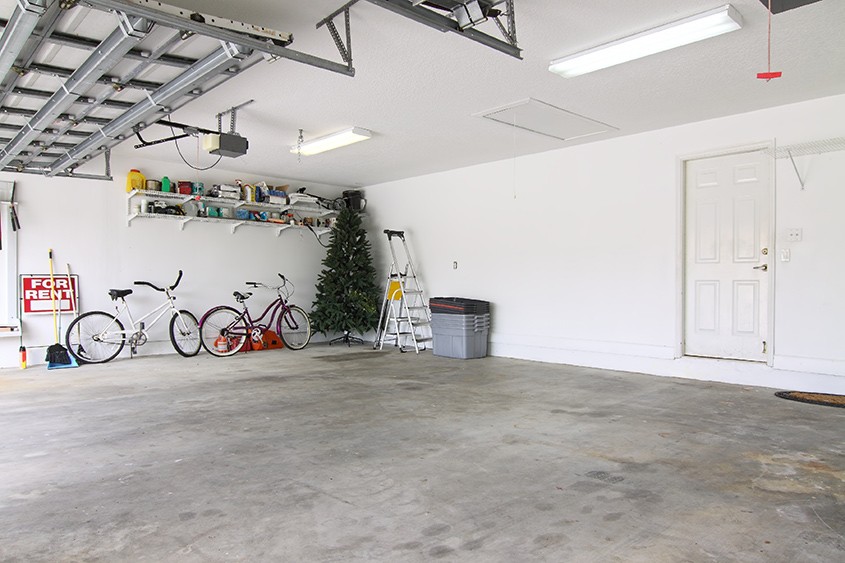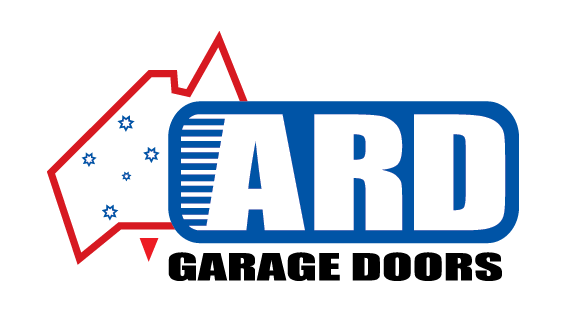Latest Posts
Tips For Successfully Resurfacing Your Garage Floor

A pock-marked, greasy, or oiled floor can cause trips, slips, and injuries. It can be a physical, burn, and toxic hazard, on top of being a regular nuisance.
Resurfacing your floor isn’t all that tricky to do, won’t set you back much money, and might prevent a whole host of problems arising from your work. It’s definitely a worthwhile investment for anybody who does even a modicum of work in their garage.
Restore it yourself versus reapplying the base
There are three main components to a floor: the base, the concrete itself, and the reinforcement. Depending on how long it’s been since you’ve last resurfaced, you’ll need to take a different level of precaution.
The vast majority of surfaces won’t need more than a restorative job on existing concrete, and we don’t recommend doing the heavy duty work of destroying and assembling a new concrete base yourself without a decent amount of construction know-how. However, adding a new surface coat should take only a couple of days and a couple of hundred dollars.
When should I resurface?
Knowing when your floor needs resurfacing is just as important as doing the job itself in the prevention of accidents. Signs that you need to resurface your garage floor include:
- Obvious or persistent cracking, warping, or fracturing of the slab (if there’s a large shatter or chip, you may not need a resurface, and may actually need to replace some of the slab).
- Concrete around the edges is beginning to chip away.
- Obvious staining and bleaching from oil across it.
- Damage from the elements resulting in discoloration or cracking.
Components
Here’s what you’ll need to restore your floors:
- A Broom
- Concrete Cleaner
- A Scrubbing Brush
- A Pressure Washer (or similar)
- Concrete Resurfacer (general amounts to follow)
- Another person (or a lot more time)
- A Squeegee
- A Trowel
- A container and tool for mixing (such as a paddle brush)
- (Optional) A hired Concrete Grinder
- (Optional) a Concrete Edger
The steps
Washing
The first thing that you’ll need to do is get your floors properly washed free of any ridges of dirt that have become ingrained upon it. Begin by sweeping the floor, then by removing any large stains with Concrete Cleaner and a brush.
If you’re finding it very hard to clean the concrete, especially if the cleaner doesn’t seem to be soaking into the surface at all, you might have a sealant layer over your floor which has weakened over time; remove it with a sealant stripper before continuing work.
Once you’ve removed all stains, bust out the pressure hose (hiring one will set you back about $50-100) and wash away any remaining dirt, then leave to dry.
Ready up
Now you’ll need to get ready to apply the concrete resurfacer. It might be tempting to simply apply a new bag of concrete (which is about 1\8th of the price), but remember that the new layer won’t bond to the former layer at all, and can comprise an additional risk.
To estimate how much resurfacer you’ll need, it’ll depend a little on the depth. Most brands will cover anywhere between 15-20 metres in total at 1\4 inch thickness, 30-40 metres at 1\8th, etc..
To estimate, get a rough layout of the amount of space you’ll need to fill, how thick you’ll need it, and then add between 10 and 20%. If you’re on the fence about buying a bag for a small amount that you might not need, feel free to risk it (unless you’re hiring equipment short-term). You can always stop and start a project by simply resurfacing up to a control joint and continuing later.
Mixing
Now, once your floor is damp but not sodden, you can get ready to apply your resurfacer. Begin by getting 3-3.5 litres of water for every bag that you plan to use, adding water and mixer to a bucket in a 1:7 ratio of concrete to water, and mixing thoroughly.
To save on time and to ensure you can get it done before the resurfacer hardens, it can be a very good idea to enlist a friend to mix while you apply.
Application
Now begin to slowly pour some of the mixture onto the first area of your floor and immediately start to smooth it out in an even fashion with a squeegee or trowel. Resurfacer is quite quick to harden, and you’ll want to keep smoothing efficiently not just for the current job, but to prevent any further mixed materials in your bucket from hardening.
If you hit a corner, you can use an edger here to quickly and efficiently make good looking edges. A simple trowel job will do here too, but might not look as good.
Once you’ve smoothed out the area, it’s time to unsmooth it. Leaving a concrete floor too smooth creates a slipping hazard in its own right, whereas adding small scuffs and divots allow your feet to make purchase upon it easily.
To do this, get your broom from before and very, very gently sweep across the area. This shouldn’t pool the concrete at all, but should essentially create tiny purchases, without changing the overall structure or thickness much.
Continue onward
Finally, apply this to the rest of your floor in small, logical steps. Make sure to only mix as much as you can apply in a short period of time (hence why having a friend will make this a much easier process), and don’t expect to use the floor for an absolute minimum of 24 hours.
If you’ve made a couple of simple errors or messed up the thickness a little, hiring out a concrete grinder will allow you to essentially mow your garage down to an easy level. This is a time consuming job, and you won’t need it if you do the first pass correctly, but it’s always there as a fallback if you don’t.
